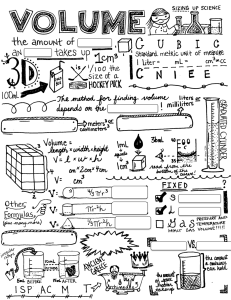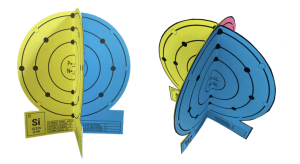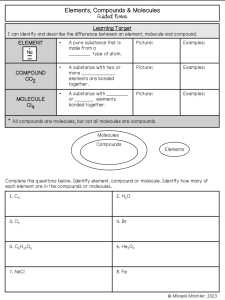Lesson Plans: September 30th – October 4th
Monday – We will begin our Unit 1 Review on Atomic Structure, Molecules, Compounds, and Chemical Reactions.
Tuesday – We will grade the test review and play a review game to study for test.
- Students will take home reviews to study, and receive 5 bonus points on test if signed by parent.
Wednesday – Unit 1 Test
Thursday & Friday – We will look at volume, and how it is different from mass. We will also compare the methods by which volume is measured for solids, liquids, and gases.





